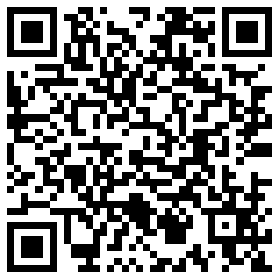小学英语全英文教案
Teaching Objective: To help students learn basic English language skills such as listening, reading, speaking and writing.
Target Audience: Primary school students
Time: 45 minutes per lesson
Class 
Size: Around 30 students
Teaching Materials: Whiteboard, markers, textbooks, workbooks, audio and video aids
Lesson Plan:
Lesson 1: Greetings
In this lesson, students will learn basic greetings in English, such as “Hello”, “How are you?” and “Goodbye”. They will also learn to respond appropriately to these greetings.
Procedure:
1. Greet students with the phrases “Good morning” and “How are you?” Ask students to respond with an appropriate answer, such as “Good morning/afternoon/evening” and “I’m fine, thank you. And you?”
2. Introduce the new vocabulary words through flashcards, pictures, or audio-visual aids. Practice 
pronunciation and provide explanations for any difficult words.
3. Show examples and practice simple dialogues with the new greetings vocabulary, focusing on the proper use of intonation and pronunciation.
4. Assign homework such as practicing the greetings with family and friends, recording a greeting on video, or writing a short dialogue using the new vocabulary.
Lesson 2: Basic Communication Skills
In this lesson, students will learn basic communication skills in English, such as introducing themselves, asking and answering simple questions, and making simple requests.
Procedure:
1. Review the greetings learned in the previous lesson, asking students to practice several dialogues in pairs.
2. Introduce new vocabulary words such as “name”, “age”, and “school”. Practice pronunciation and provide explanations for any difficult words.
3. Demonstrate and practice how to introduce oneself using the new vocabulary, for example “My name is ______”, “I am ______ years old”, and “I go to _______ school”.
4. Introduce how to ask and answer simple questions using the new vocabulary, for example “What’s your name?”, “How old are you?”, and “What school do you go to?” Practice answering and asking questions in pairs.
5. Practice making simple requests such as “May I borrow your pencil?” or “Can you please help me pick up my book?” by using new vocabulary words such as “borrow”, “please”, and “help”. Demonstrate how to respond appropriately to these requests.
6. Assign homework such as interviewing family and friends, writing a short paragraph about themselves, or making simple requests in English when out shopping or eating.
Lesson 3: Basic Grammar
In this lesson, students will learn basic English grammar rules such as subject-verb agreement, sentence structure, and using proper grammar in everyday conversations.
Procedure:
1. Review the greetings and basic communication skills learned in the previous lessons.
2. Introduce new vocabulary words such as “verb”, “subject”, and “object”. Practice pronunciation and provide explanations for any difficult words.
3. Demonstrate and practice subject-verb agreement using simple sentences, such as “He drinks milk” and “I eat bread”. Explain the importance of subject-verb agreement in making proper sentences.
4. Introduce sentence structure using simple sentences, such as “I like pizza”, “She plays tennis”, and “They read books”. Demonstrate and practice how to use proper sentence structure in everyday conversations.
5. Assign homework such as writing five sentences with proper subject-verb agreement, creating simple sentences with new vocabulary, or practicing using correct sentence structure in conversations with family and friends.
Conclusion:
By the end of these lessons, the students have learned some basic English language skills such as greetings, basic communication, and grammar. These basic skills will serve as foundation for further learning, giving students a solid understanding of the English language.








